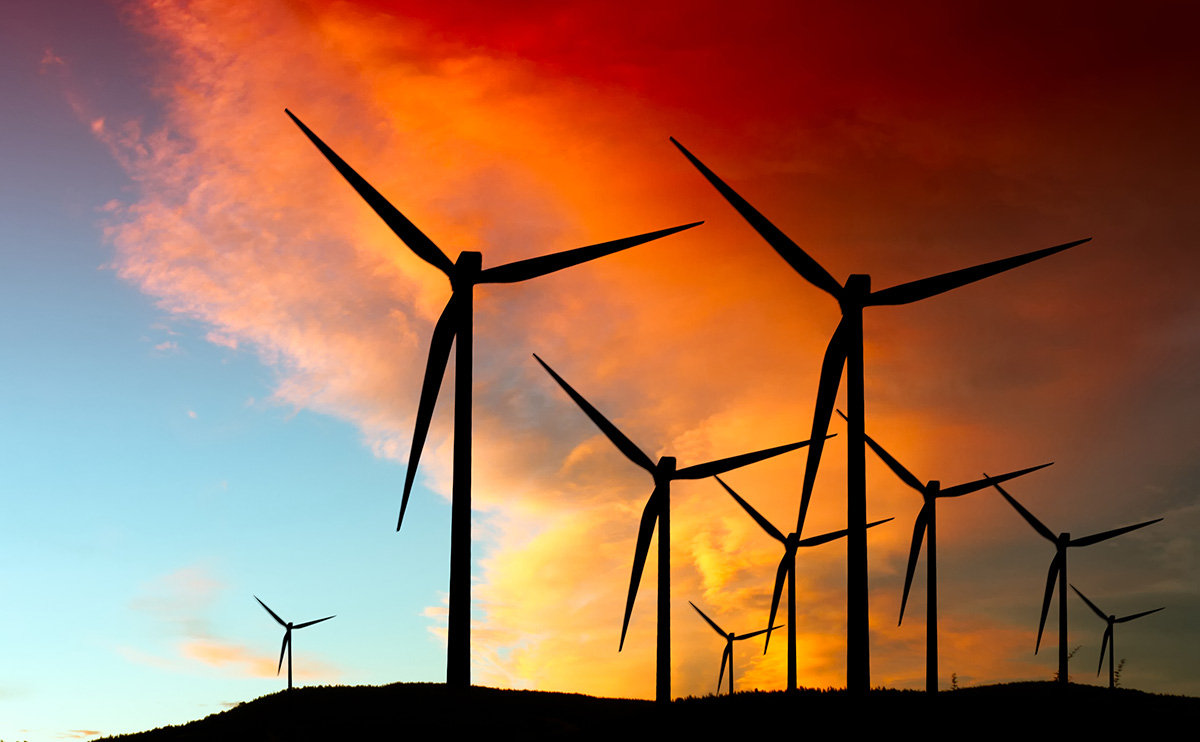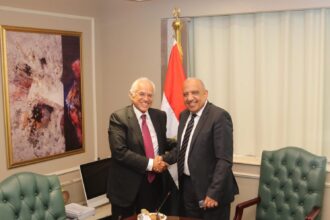Siemens Gamesa is implementing wind farm projects in the coming seven years with investments amounting to €2bn.
Ayman Saad, executive director of Siemens Gamesa, told Daily News Egypt that the company received land from the New and Renewable Energy Authority (NREA) to establish a 180 MW wind farm in Ras Ghareb, and a 650 MW wind farm in the Gulf of Suez, while negotiations are still ongoing to obtain more land to continue projects of 2,000 MW in total.
He explained that Siemens Gamesa has achieved great strides in negotiating with the Egyptian Electricity Holding Company (EEHC) and the Egyptian Electricity Transmission Company (EETC) to establish the first phase of 180 MW of the wind farms.
He said that the negotiations on the sale price are still ongoing and contracts are expected to be signed before the end of this year.
Saad said that the company is waiting to sign the first phase contract to begin negotiations with NREA to obtain lands in the Gulf of Suez, to establish later phases of the project.
Siemens Gamesa will establish a transformer substation to move the energy produced from the first wind farm in Ras Ghareb, with a capacity of 220 kV to transfer 180 MW, and another station of 500 kV to transfer 650 MW, he added.
The company also contracted with the Orascom alliance to supply 125 wind farm turbine blades to produce 262 MW, expecting the supply to be completed before the end of next year, Saad noted.
Furthermore, Saad said that Siemens Gamesa is competing on the establishment of a 250 MW wind farm, awaiting the project’s prospectus from the NREA to provide the technical and financial offers.
Siemens Gamesa, if it wins the tender, will handle implementation of all electric, civil, and supply of turbines work, along with the establishment of a transformer substation.
Saad elaborated further that the new and renewable energy sector in Egypt is attractive for investment, and has promising opportunities, which helps Arab and foreign companies to pump capital and to invest in projects, in the presence of a good legislative environment and investment climate.
He stressed that the new investment and electricity laws have provided great incentives which have contributed to advancing the development of the new and renewable energy sector.
Siemens and Gamesa signed an agreement in 2016 to merge the company’s wind farm business, including services, which aimed at creating a global entity to lead the wind farm sector.
The total capacity produced by wind stations carried out by Siemens and Gamesa in Egypt reached 1,000 MW.
Saad explained that the two companies complete one another, in terms of global presence, products portfolio, and technological applications. While the Siemens wind sector has a strong presence in North America and Northern Europe, Gamesa has a strong position in the rapidly growing emerging markets, such as India, Latin America, and Southern Europe.
Saad said that the preferred contractual system for the company is competitive bidding.
He explained that the prices of components and equipment did not decrease, but the technology used increased, where the turbines can now output 7 MW instead of only 1 or 2 MW.
Saad said that Siemens Gamesa bought a piece of land in the Suez Canal Economic Zone to establish a turbine blade factory.
He noted that implementation will begin after activating the 2,000 MW wind farm projects agreement.
He explained that the turbine blades factory will provide 1,000 jobs and will take 12-18 months to be completed. Moreover, it will serve as an export centre to countries in the Middle East, and Africa.
The Egyptian market is promising, and has many opportunities, and it is possible to establish a plant for the production of turbines in Egypt in the future if the number of projects and stations increases, especially as the investment in plant turbine production is large and relatively complex, concluded Saad.




